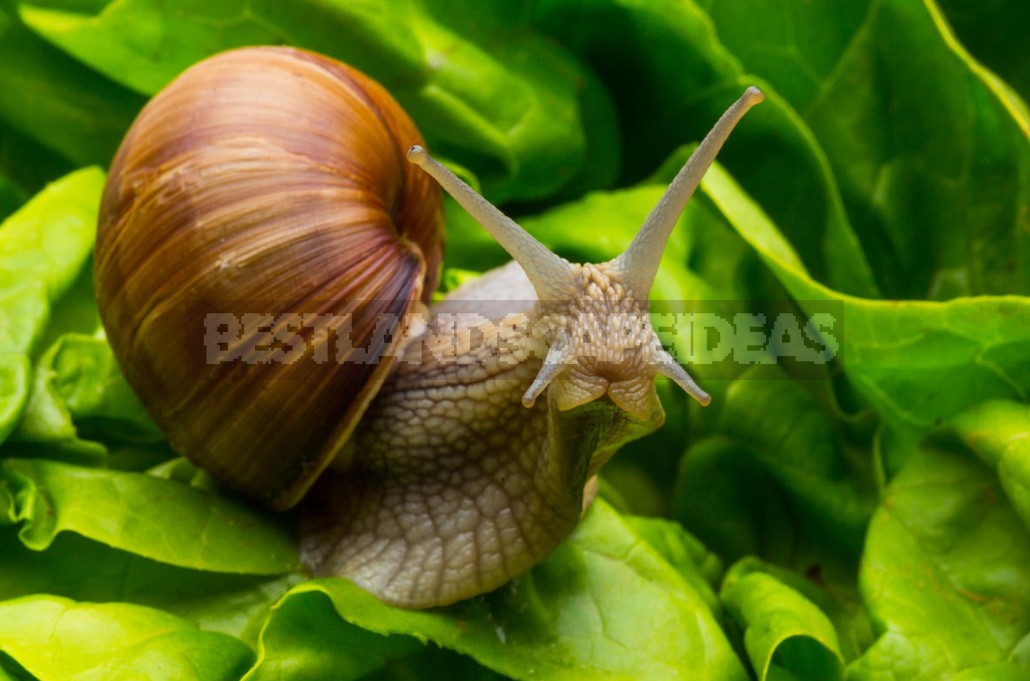
Barriers
The delicate, wet body of Helix Pomatia is easily damaged by prickly and sharp materials. Take advantage of the weak point of pests-mulch the soil surface on beds where they grow delicious crops, straw, hay, coniferous litter or sawdust. Snails will not be able to overcome such a barrier.
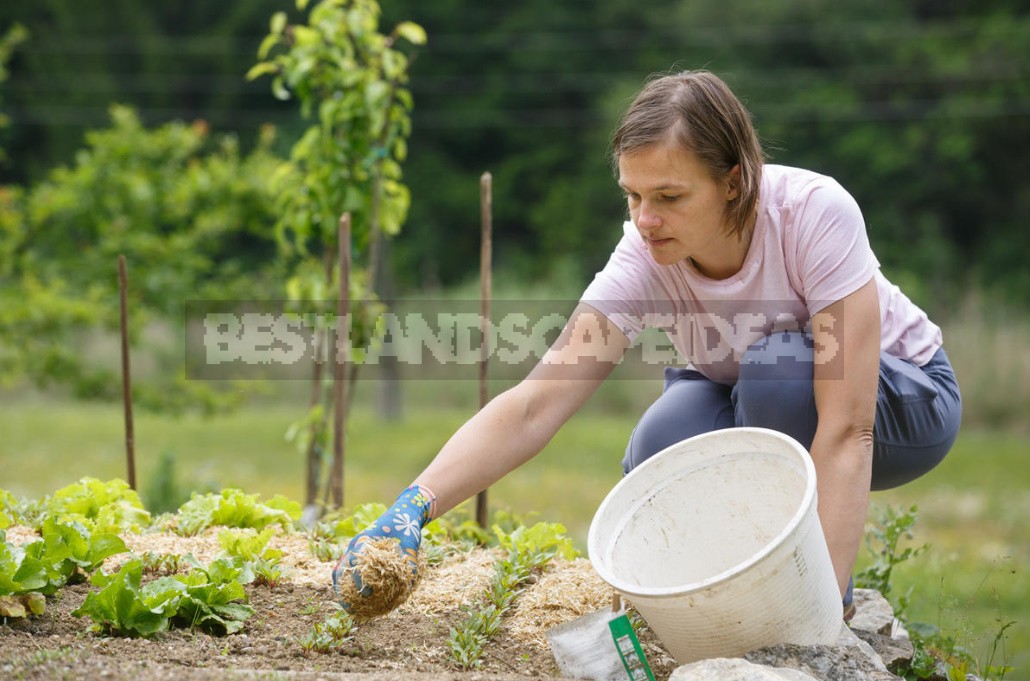
Keep in mind that coniferous needles will acidify the soil when rotting, so before or after mulching, add lime, chalk, dolomite flour or ash to the soil, especially if the soil on your site is initially acidic. Fresh sawdust has the same properties. It is better to use rotted material as mulch, which is devoid of this disadvantage. As an option, do not cover the entire surface of the soil on the bed with the above materials, but make sides along its perimeter that will make it difficult for snails to enter the protected territory.
Wood ash and lime can help out on their own. Sprinkle the soil under the cultural plantings with the first or second powder, they act on snails ruinously. An excellent tool is crushed eggshells: meeting such a sharp barrier, the clam will either turn back, or be injured and die. Pieces of shell, if it is collected enough, can be plentifully sprinkled on the surface of the soil under the plants — or you can build protective sides from such material.
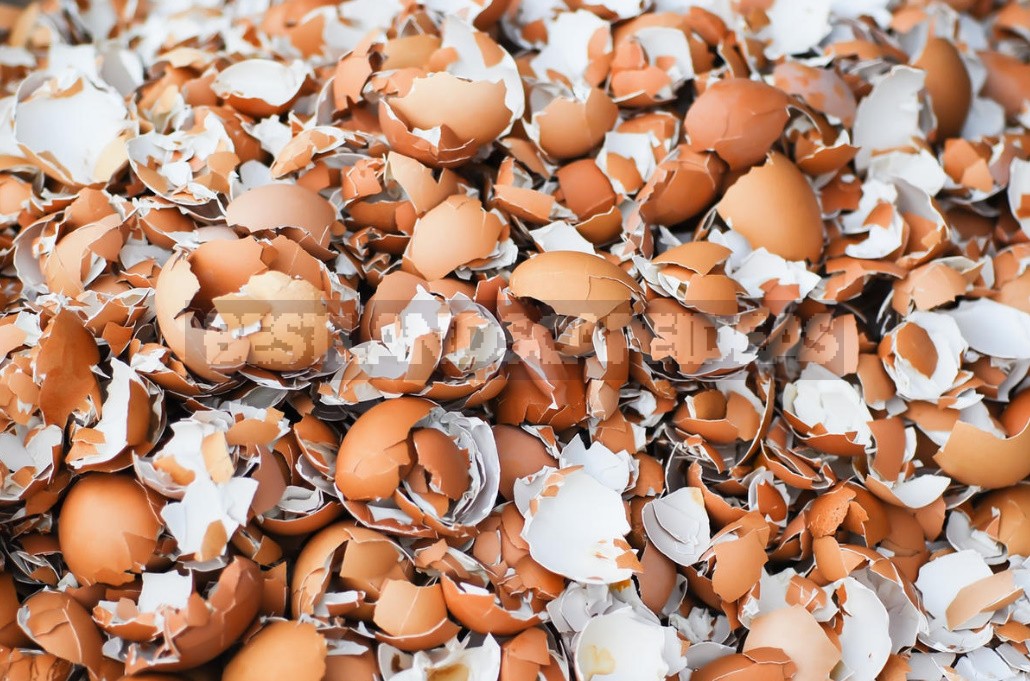
Experienced summer residents claim that coffee grounds from spiked coffee also cope well with the goal. Snails are repelled not only by the “strange” smell, but also by the very structure of the material, which makes it extremely difficult for such creatures to move around. Tobacco dust is also effective in this case: tobacco powder can be periodically powdered not only the soil surface on the bed, but also the plants themselves on wet leaves (by dew, after precipitation or sprinkling from a watering can).
Some people use table salt to fight Helix Pomatia, since the shellfish quickly dies when it comes in contact with sodium chloride. However, there is a chance to” saline ” the soil and get yourself other problems, because after each rain and irrigation, you will have to sprinkle the surface of the earth with a new portion of salt.
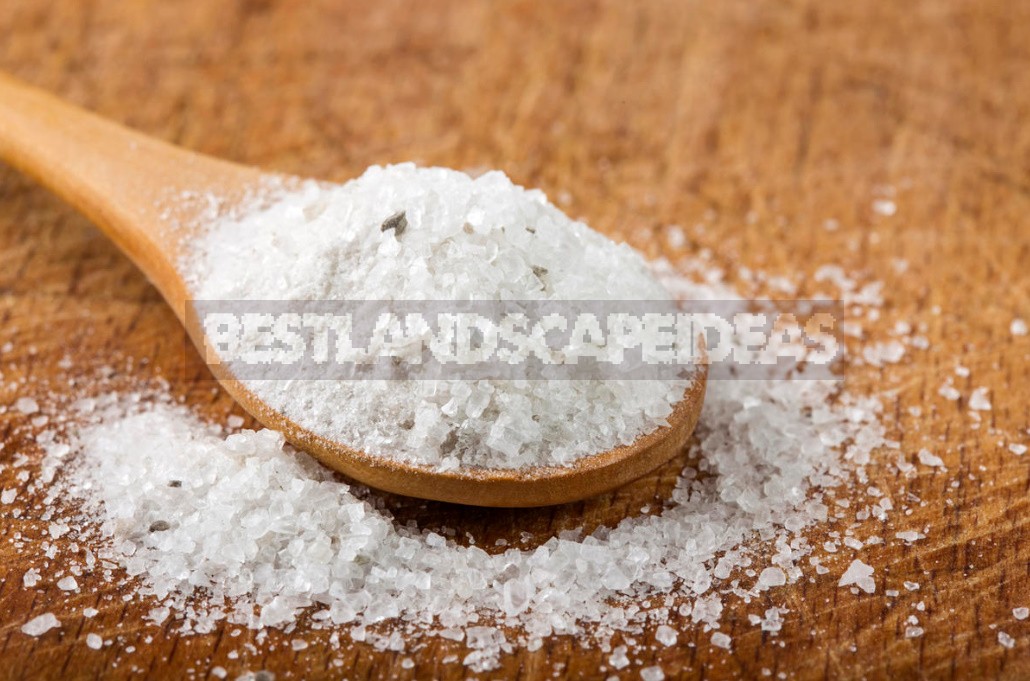
An alternative option is a gutter with water, built around the perimeter of the garden beds, flower beds or trunk circles of young garden crops, which are so partial to shellfish. A gutter for a solo growing perennial plant can be made, for example, from a tire cut along the length. Snails are land creatures, so water barriers will reliably protect plants from the encroachments of these voracious pests.
On sale, you can find special rings to protect plants from slugs and snails. They are put on seedlings when planting, and then they reliably block the path of pests. Savvy summer residents have learned to make similar devices themselves — from used plastic bottles.
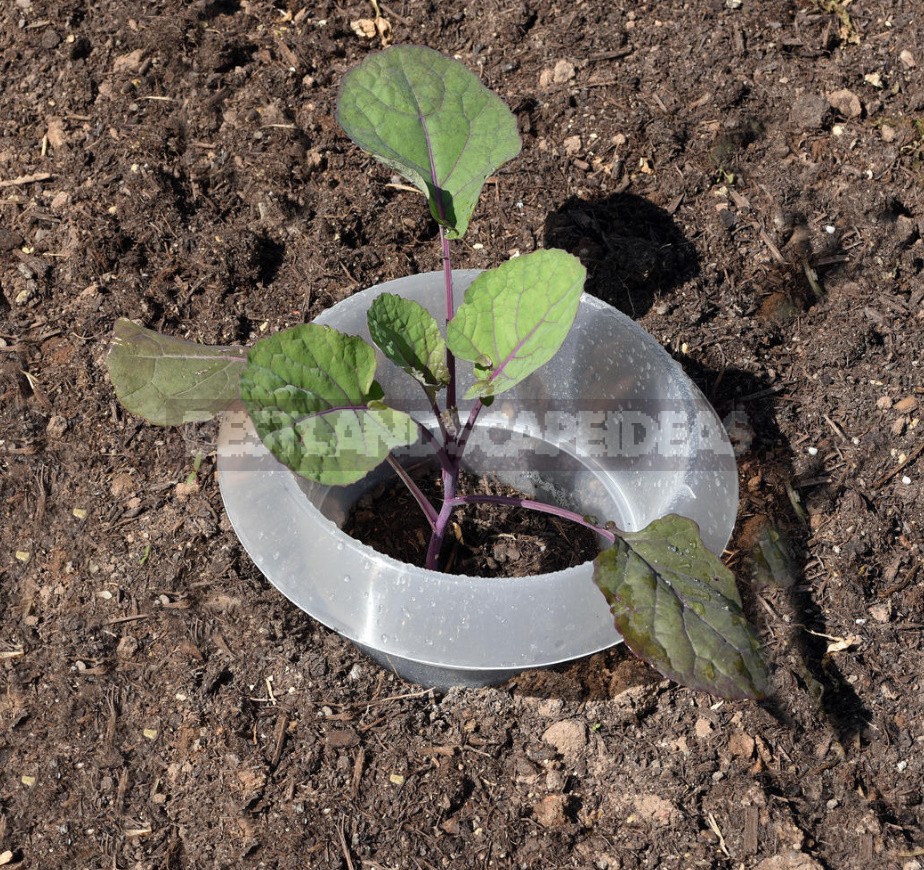
Chemical preparation
If you do not manage to cope with the invasion of snails with folk remedies, or you simply do not want to tire yourself with the above activities, you can do it easier — use ready-made chemicals that will quickly neutralize the invaders. This preparation is a ready-to-use granular bait based on metaldehyde, which is very attractive for gastropod pests. Having tasted a treat or simply touching it with their tender bodies, they quickly perish.
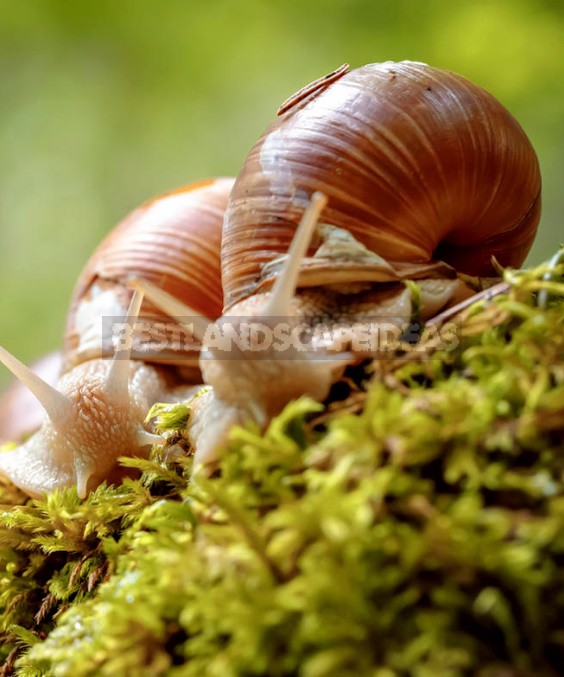
Using the drug is very simple. Build 4 decoy sites for every 10 m²: put small pieces of slate, planks, secure pieces of thick black film or create other cozy shelters where snails will want to hide from the heat of the day. Put pellets in such houses: only 7 g of the drug is enough for 10 m2. It will give a guaranteed result and will continue to protect your plantings for a month.
Additional measure
If you do not want to fear the invasion of a new enemy army in the following seasons, try to create unfavorable conditions for the settlement of gastropods on your site. First of all, clean your acres. If the houses-traps built for catching shellfish or spreading poison, have the right to exist, then the rest of the garbage that is not intended for this purpose should be removed from the site. The same applies to the thickets of perennial weeds: in the summer heat, snails find shelter here.
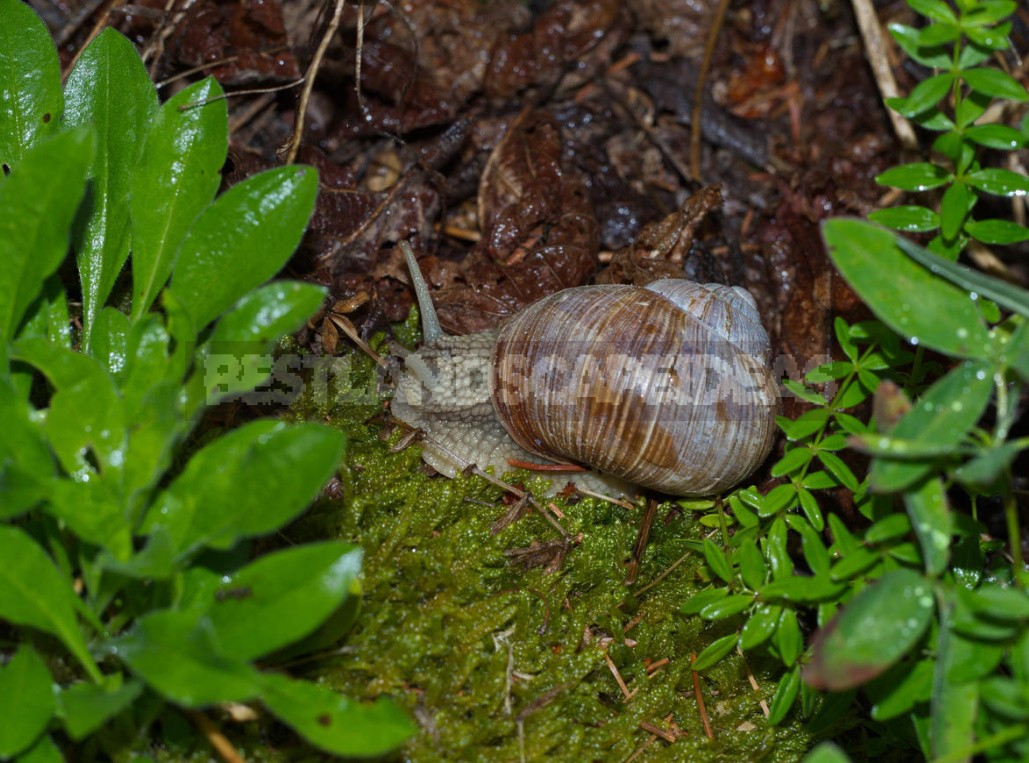
Waterlogged corners of the garden should be drained and improved if possible. An important role is played by the correct planting scheme of cultivated plants: thickened beds become the first target for Helix Pomatia. They will not like regular loosening of row spacing during the season (it is very difficult to move on the road), as well as autumn deep digging of the soil, which will create an obstacle for a successful wintering.
An additional measure of control will be the planting of repellent plants on the site, which repel snails with their fragrance. This can be both annual (garlic, parsley, dill, coriander, marigold, etc.) and perennial “flavors” (Pyrethrum, Achillea millefolium, lavender, sage, hyssop, thyme, rosemary, etc.).
Their natural enemies — hedgehogs and birds-will contribute to the fight against soft-bodied pests. Lure them to your site, leaving them a treat for the night, and for the second build birdhouses and feeders.
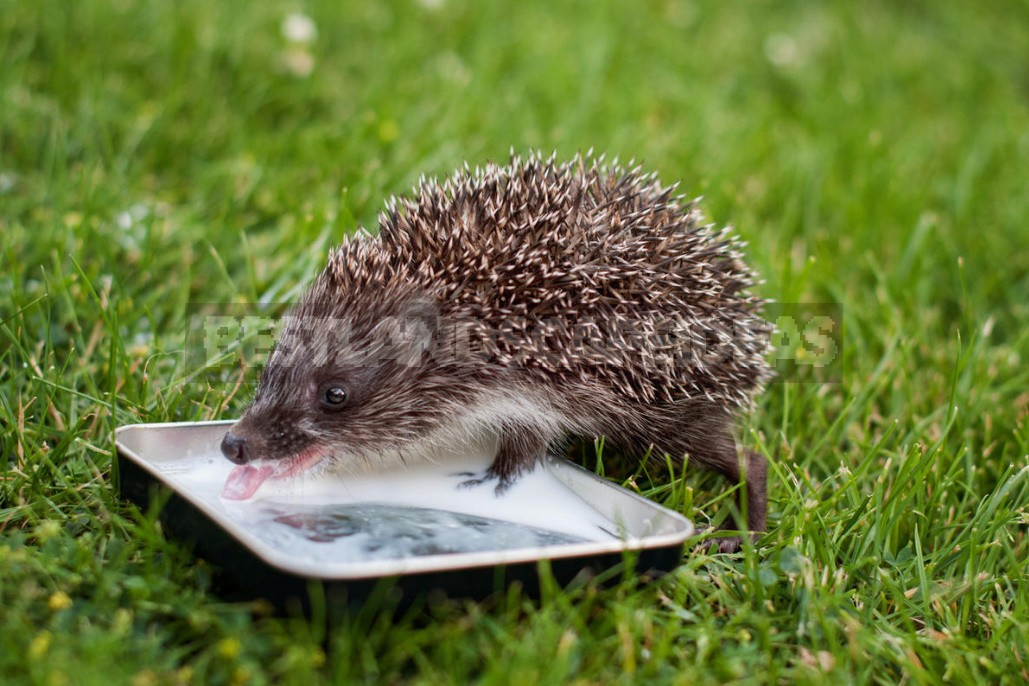
Is the snail an enemy or a delicacy?
There is no doubt that Helix Pomatia is a malicious agricultural pest, but some perceive these creatures quite differently: they are bred and used as a delicacy. And now it is not some French gourmets who are doing this, but our compatriots!
Perhaps, after visiting such a farm (at least virtual), you will change your view of these creatures — and instead of destroying them, you will begin to carefully collect them from your beds in order to make a splash during the next feast. And if such a treat is not for you, feel free to adopt the means of control described in the article — with a comprehensive and systematic approach, they will not leave gastropod pests a single chance of victory.
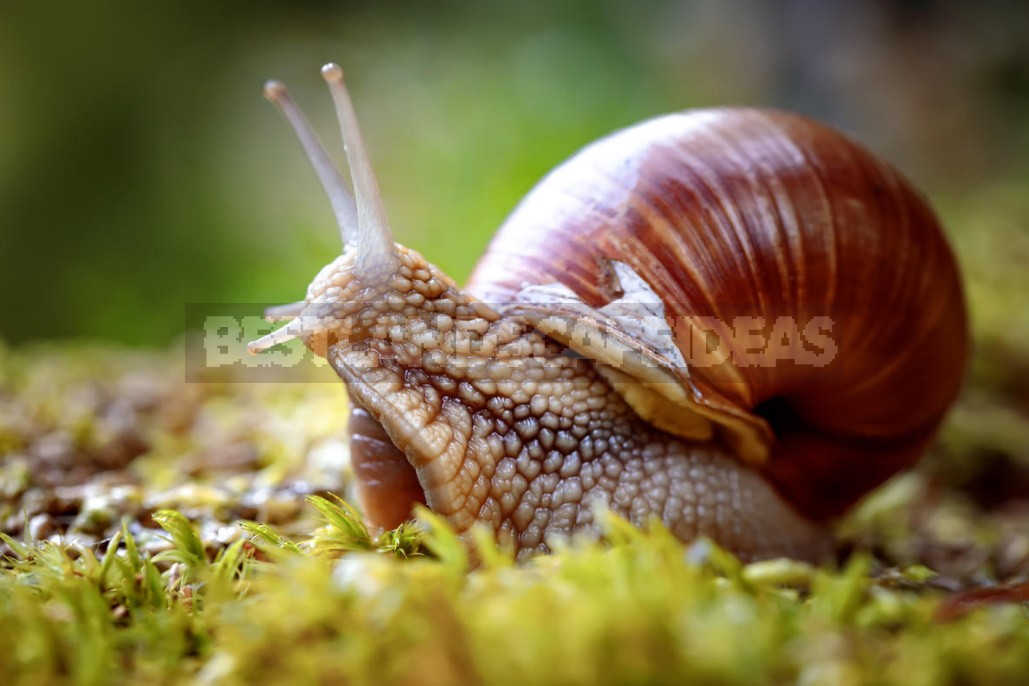
Dear summer residents, are there Helix Pomatia in your area? Have you ever had to deal with these pests in your dacha? Or maybe you used these clams as a delicacy? Tell us about your experience in the comments.
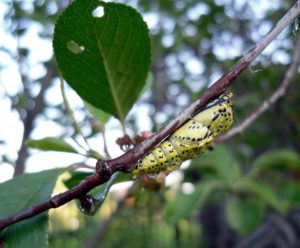
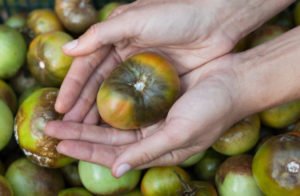
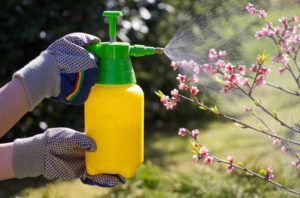

Leave a Reply